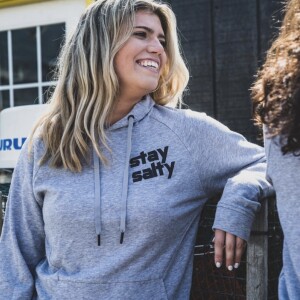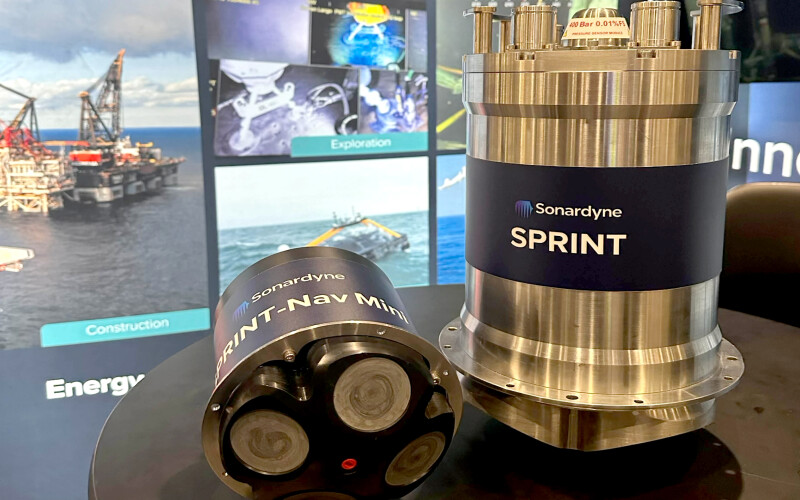After a three-year hiatus, Underwater Intervention (UI) is back, attracting a global audience to the International WorkBoat Show in New Orleans.
Aidan Thorn, business development manager of marine robotics at Sonardyne, provided an update on what it has meant to see multiple unmanned underwater vehicles (UUVs) launched from the E/V Nautilus. The Ocean Exploration Cooperative Institute (OECI) hosted the Multivehicle Exploration expedition with the concept of operating three platforms together, one USV and two AUVs.
The University of New Hampshire's USV DriX, the University of Rhode Island’s Deep Autonomous Profile (DAP), and Woods Hole Oceanographic Institution’s Mesobot were all the coordinated underwater tools on the 18-day mission. DriX, DAP, and Mesobot were able to explore the entire water column, beginning on the seafloor around the Geologists Seamounts south of the Main Hawaiian Islands.
Deploying a single UUV from a ship can be time-consuming and expensive, and it limits the amount of data that can be collected. Even where multiUUVs can be accommodated, typically only one is deployed at a time due to the complexity. As unmanned surface vehicles (USVs) become more advanced, they can be used as "remote shepherds" to control UUVs. This means UUV operations can be conducted without a mothership, opening new possibilities for multiple autonomous tools.
“The Sonardyne ROS driver was a key component used with Project 11 on DriX, which provided situational awareness, command, and control during the project,” Thorn explained. “Many different institutions gathered on board and witnessed both vehicles working together and communicating mapping and camera data via DriX's acoustic relay. In real time they could see the vehicles speak the same language.”
DriX used a broadband link to communicate with the ship and a Sonardyne USBL solution to communicate and provide navigation data to the AUVs.
Fugro's remote operations capabilities are another example of this technology. They have fit its USVs with Sonardyne USBL, allowing them to position UUVs for missions. Most recently, Fugro fitted its UUV with Sonardyne's Sprint-Nav Mini to support MBES surveys. This has opened up numerous opportunities.
“The Sprint-Nav Mini is the smallest of its kind and can provide reliable surface and subsea vehicle guidance and navigation when you’re tight on space,” Thorn said.
Collectively, the multivehicle explorations surveyed midwater ecosystems associated with seamounts and gained new important information on the spatial and temporal dynamics of these largely unstudied ecosystems. The knowledge and data collected are essential precursors for future exploration and discoveries and contribute directly to the U.S. National Strategy for Ocean Mapping, Exploration, and Characterization, Seabed 2030.
All these insights highlight how USV/UUV collaboration can be deployed to deliver valuable data results in a cost-effective, low-carbon and safe manner for multiple scientific and commercial purposes.




